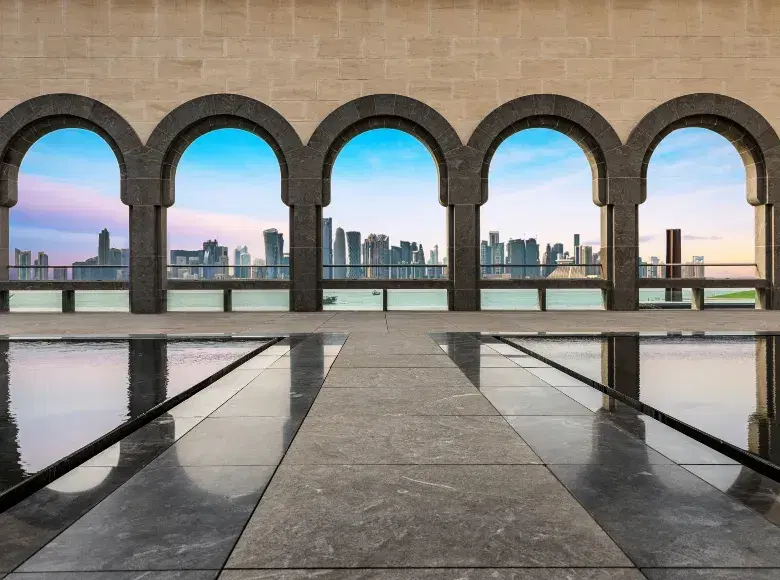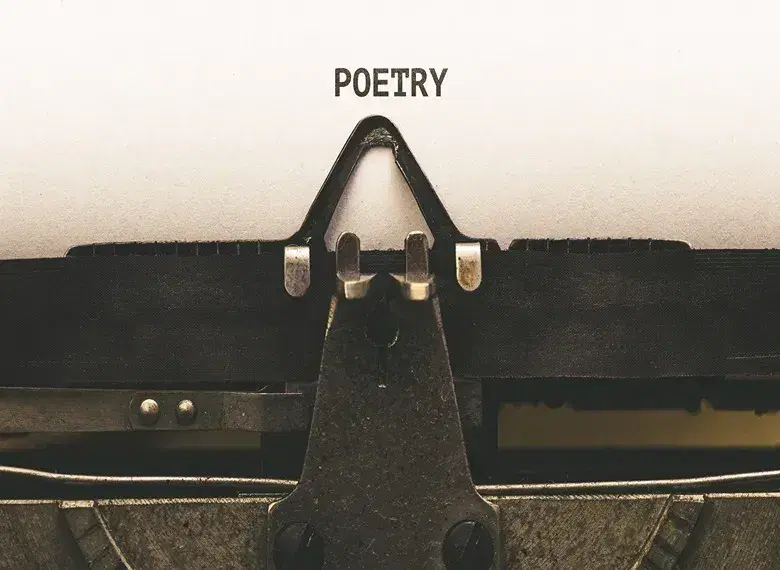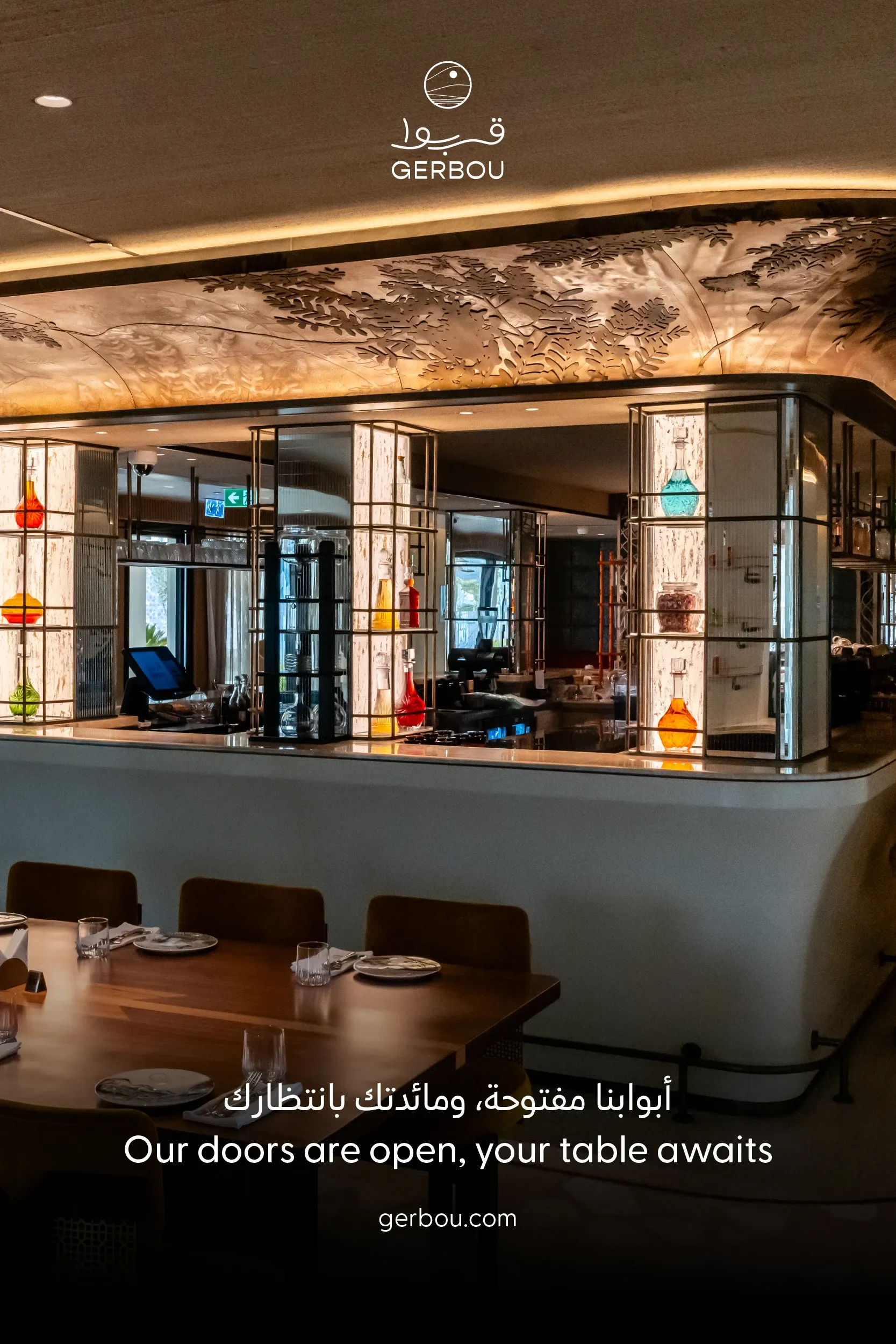
Dunesi: The Dubai fashion brand uniting effortless chic with ethical design
Ninety-two billion tonnes. This is the amount of textile waste that ends up in landfills across the globe every year. For Dubai-based Finnish designer Hanne Ripsaluoma, this was enough reason to make sure that her designs were eco-conscious.
She was only 15 years old when she designed her first upcycled denim. Today, Hanne successfully runs her clothing brand called Dunesi in Dubai.
“The word ‘Unesi’ means your dream in Finnish,” Hanne said during an interview with Art in the Middle.
She added the letter ‘D’ to signify Dubai. The brand name also became a tribute to the beautiful sand dunes of the country where this brand was born.
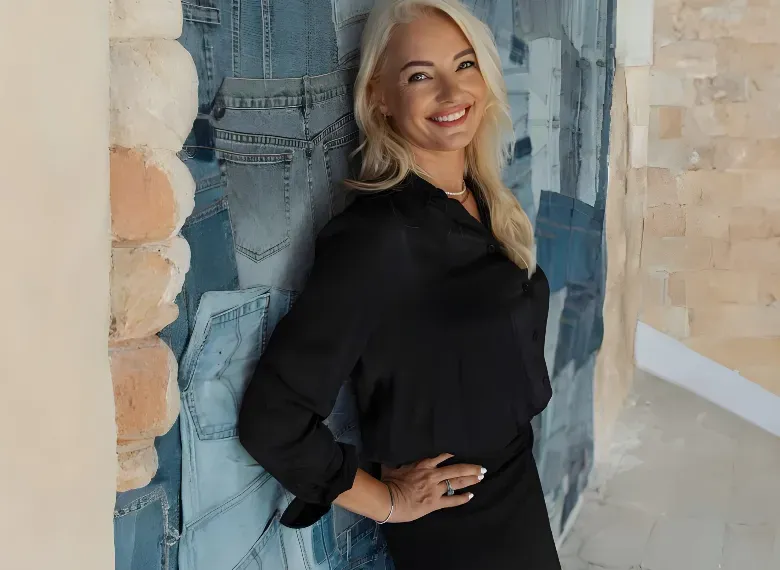
A Dubai resident for almost two decades, Hanne brought comfort, movement, and sophisticated minimalism into all her collections. Her designs were based on the idea that design and art in fashion could and ought to be used for good.
Explaining her personal connection to her mission, she said: "My philosophy with sustainability comes from always wanting to look after our planet instead of hurting it."
Not having formal training in design never stopped her. "I feel like I'm doing this from the passion for the sustainability side instead of as a job,"
Hanne added.
A mission for change
At its core, Dunesi built on values: sustainability, ethical craftsmanship, and timeless design. Every piece used carefully sourced fabrics and was crafted by artisans who were fairly compensated and well-supported.
"This is a serious business obviously, but it comes from my passion that I want to change the fashion industry even if it's just slightly to show that luxury fashion can nowadays be done sustainably and unconsciously," she stated.
Bringing these values into every design was important for Hanne. "When I launched Dunesi, I wanted it to be a sustainable fashion brand," she explained. While the word "sustainable" was often overused, Hanne preferred "conscious." She clarified her brand's approach: "Basically our strategy is that we use materials that don't hurt the planet." This meant, "if it's denim, we use upcycled denim. So, it's giving a second life to pre-loved denim."
Dunesi used existing materials, she added. "No fabric is produced for Dunesi… we buy end-of-roll silent stock fabrics from luxury fabric mills in Italy, for example. But there are some materials that are destined to be destroyed or sent to the wasteland. So, we are saving resources and saving waste, reducing waste by using these efforts."
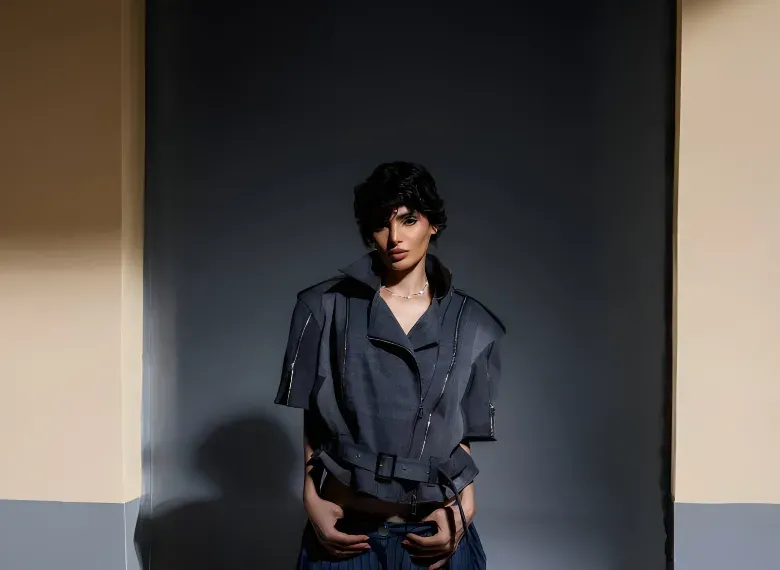
Partnering with 1% for the Planet
To solidify Dunesi’s commitment to conscious practices, Hanne sought out a partnership that visibly supported environmental causes. She partnered with 1% for the Planet; an international organisation whose members contribute at least one percent of their annual revenue to environmental causes.
"I was looking at ways to not just the materials that we use, but as a company, what else can we do… as a brand and we want to help causes that look after the planet," she explained.
Proudly made in Dubai
Dunesi held its Dubai origins close to its heart. "We're proudly a Dubai brand, so we want to keep as much of the things that we do here," Hanne said.
This local production extended to the practical aspects of design and manufacturing. "For me, I'm very hands-on in the design and manufacturing process, so I know I need to be there," she said.
Producing locally also supported the brand's sustainability goals. "That's another way to be sustainable. We're not shipping fabric back and forth and samples back and forth, so all the clothes that we make are produced in Dubai."
The soul of upcycled denim
Dunesi's upcycled denim pieces were a standout. For Hanne, each piece carried a rich history.
"It's a continuation of the story that that piece already had. I find it fascinating to think that that fabric has already had a life. Somebody has made memories wearing those jeans or wearing that jacket...."
The process involved careful transformation. "We industrially clean the denim first," Hanne clarified. "Then we cut it into pieces. I even burn sage to remove all the bad energy."
The result? A renewed garment ready for new memories.
This concept of wearable memories had a personal root for Hanne. "I still have that piece," she recalled. "I was 15 or 16, a teenager in Finland, and my dad had a denim jacket from the seventies that I found somewhere in the cupboard."
"I loved the denim and the shade of blue that he had, it was like Elvis, you know, from the seventies..."
Hanne adapted it. "I asked my mom, can we take this to a tailor and modify the collar and the size, fit it, make it more fitted for me because I wanna wear this. And we did. And so many years later, I still have it in my cupboard. I still wear it."
Designing for Timelessness
Dunesi created clothing meant to last beyond seasonal fads. Hanne explained her design philosophy: "I try not to follow trends. I try obviously, I need to know what's happening in the industry, in the market, but I try to close my eyes especially from the micro trends and design something that is up to date but timeless. That is classic enough to be worn over a long period and not what is in fashion right now."
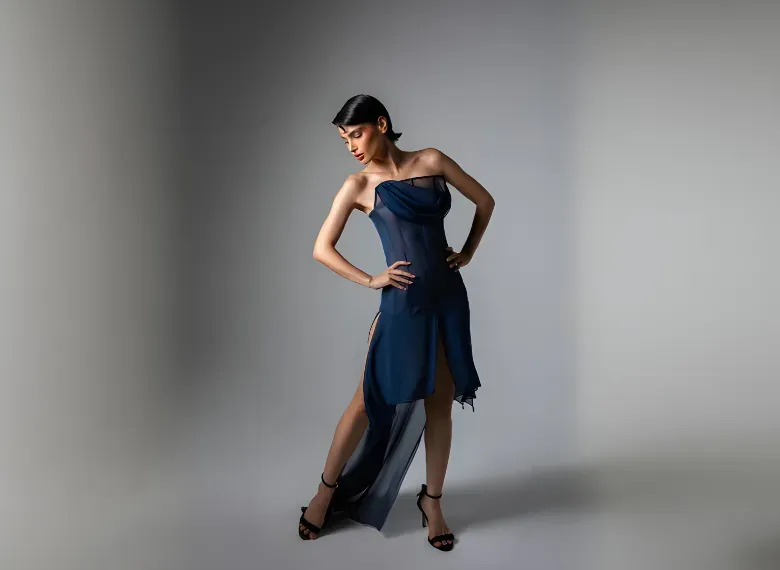
The 'Vita Nova' Collection
Dunesi recently unveiled its new collection, "Vita Nova." Hanne discussed its recent showing: "We were part of the event that was in mid-May here in Alserkal Avenue. We launched a new collection called Vita Nova, which means new life. So multiple meanings are there. Giving fabric a new life, but also it was kind of a new life for Dunesi." The collection marked a shift in style. "We changed our style a little bit. We added more materials that we haven't used before, like flowy silks and satins, for example," she noted.
"The feedback has been amazing for the collections. I'm very excited, but my mind is already on the next collection, so this is crazy."
Dubai: Perfect for Art and Design
Having lived in Dubai for 18 years, Hanne found the city inspiring. "I find Dubai very inspiring, and there's a... I feel there's a lot of art, there's a lot of fashion, architecture, culture, but you kind of need to look for it a little bit." The key, she believed, was knowing where to look.
From Travel to Fabric
Hanne's design inspiration came from many sources, often sparked by her travels. "I love to explore the world, I love travelling. So often, it's a place where I've been or an amazing moment somewhere that in the travels, trips, or people that I've met, or people that I've seen on the street and never even spoken to," she shared.
Simple observations, like watching people in a European cafe, could spark ideas. "I love, for example, in Europe when you can sit in a street cafe and just watch people walking by." She believed inspiration was everywhere. "I feel like fashion, the inspiration is everywhere." Sometimes, the material itself guided her. "Sometimes it's the fabric that I find…. As if the fabric is asking to be a certain kind of dress, for example.”
A Dream Collaboration
When asked about a dream collaboration, Hanne selected Finnish architect Alvar Aalto. She explained her choice: "I'm gonna have to say, it's not not going to happen because he's long passed away. But, I think that's the Scandinavian in me. I like very minimalistic lines, and I love his designs.”
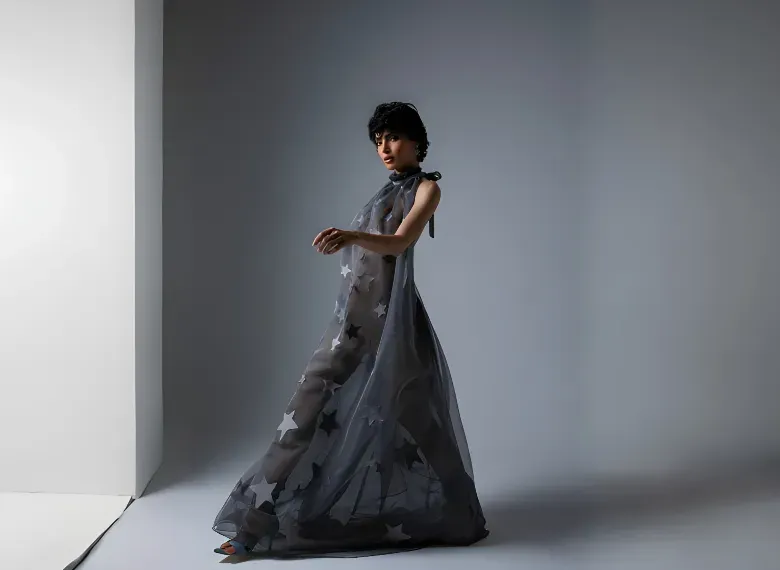
A stand against fast fashion
Hanne had a clear message for those who engaged with fast fashion. "Please don't," she urged. However, she quickly shifted the focus from consumer blame to industry responsibility. "Let's not let's not put the blame on people who buy fast fashion. Let's stop producing too much and too cheaply."
Visit: Dunesi Dubai
Evangeline Elsa is a Dubai-based journalist with 15 years of experience. She enjoys telling success stories and writing on lifestyle, arts, interiors, F&B, and Korean culture. A homebody at heart, she paints, sings, reads Substacks, and dotes on her rescue dog, Pepper.





